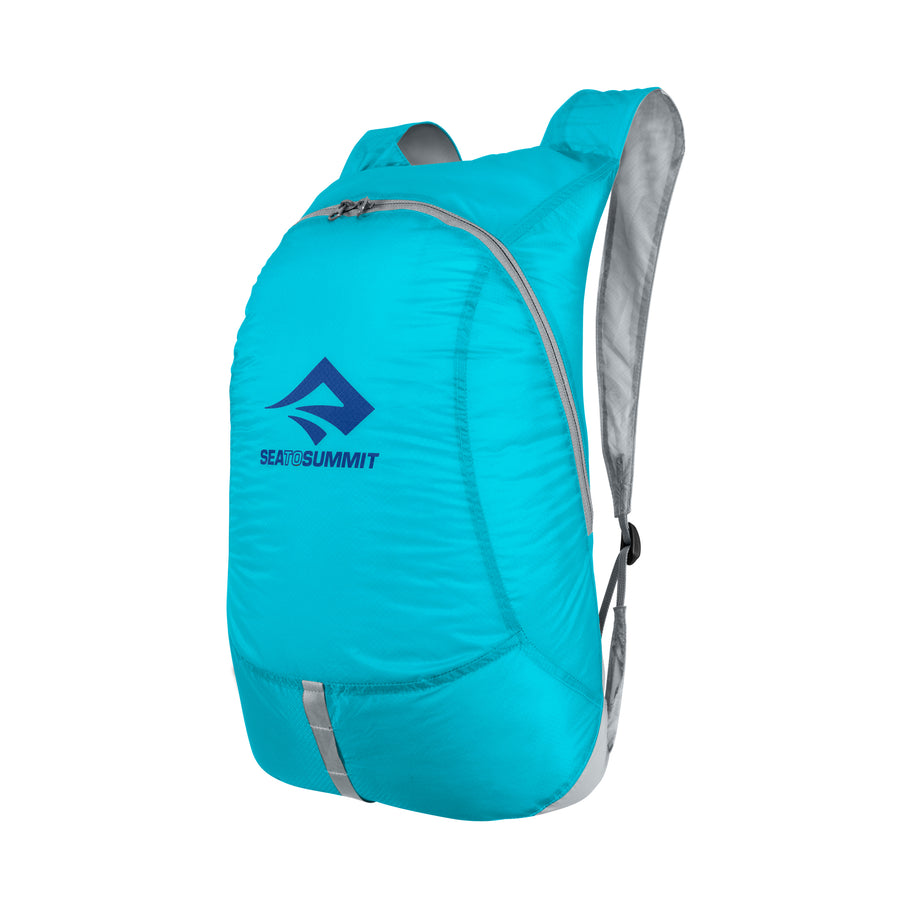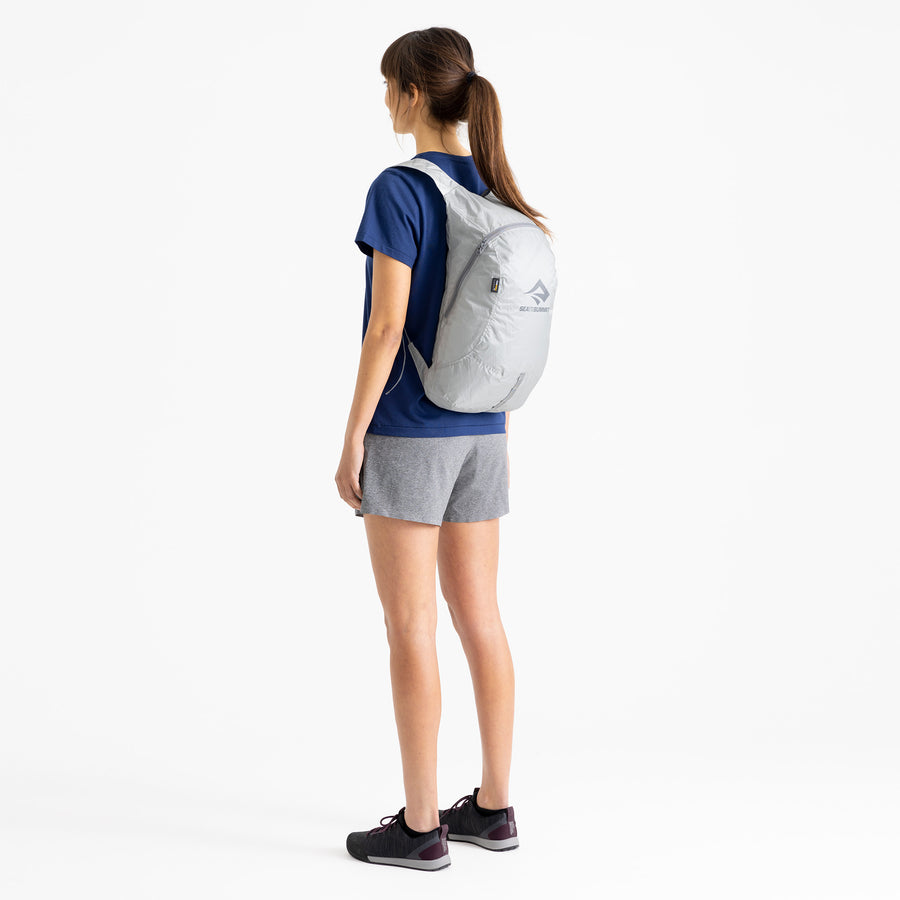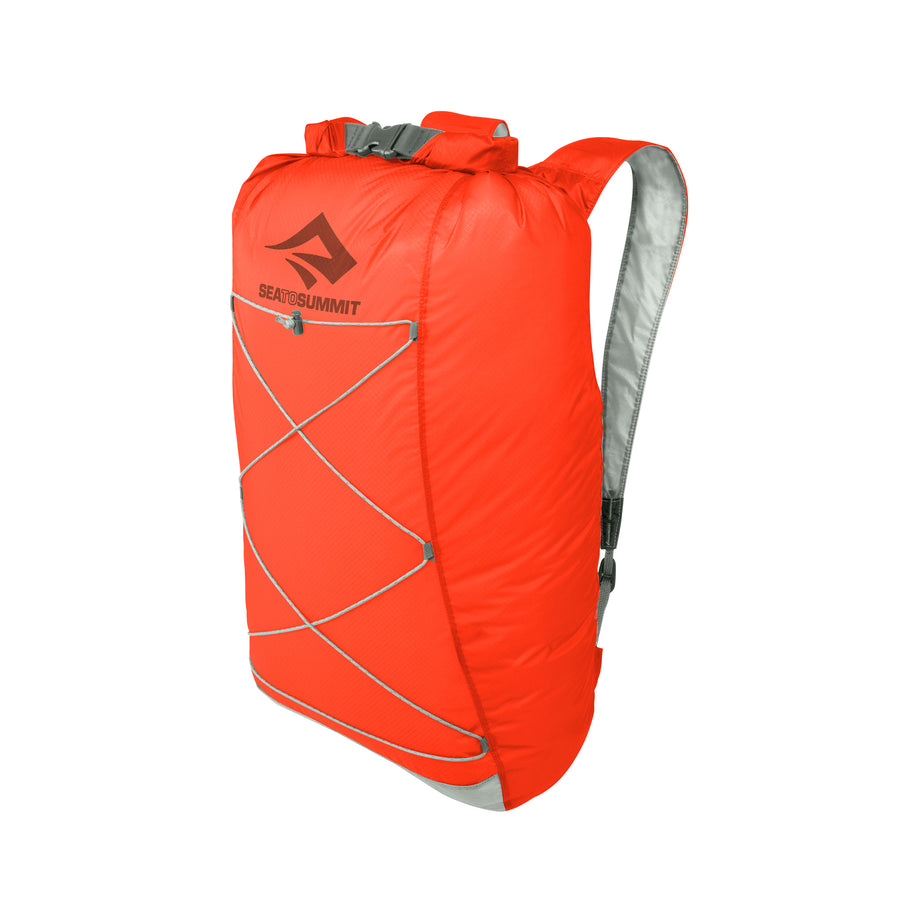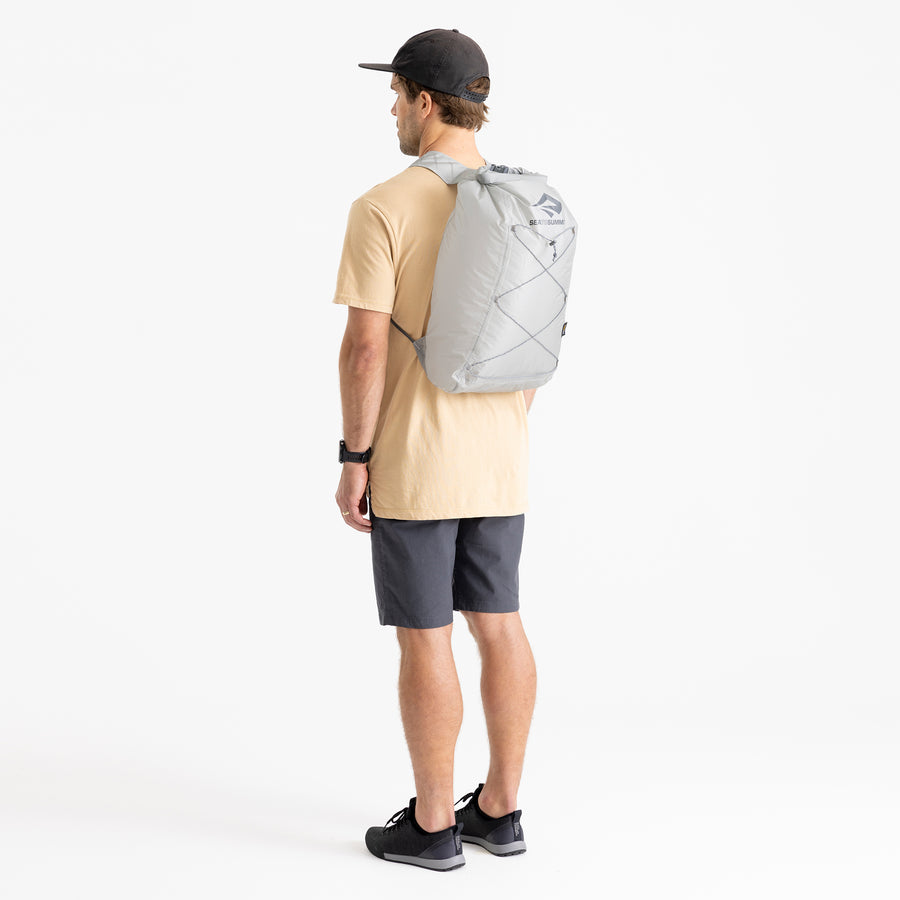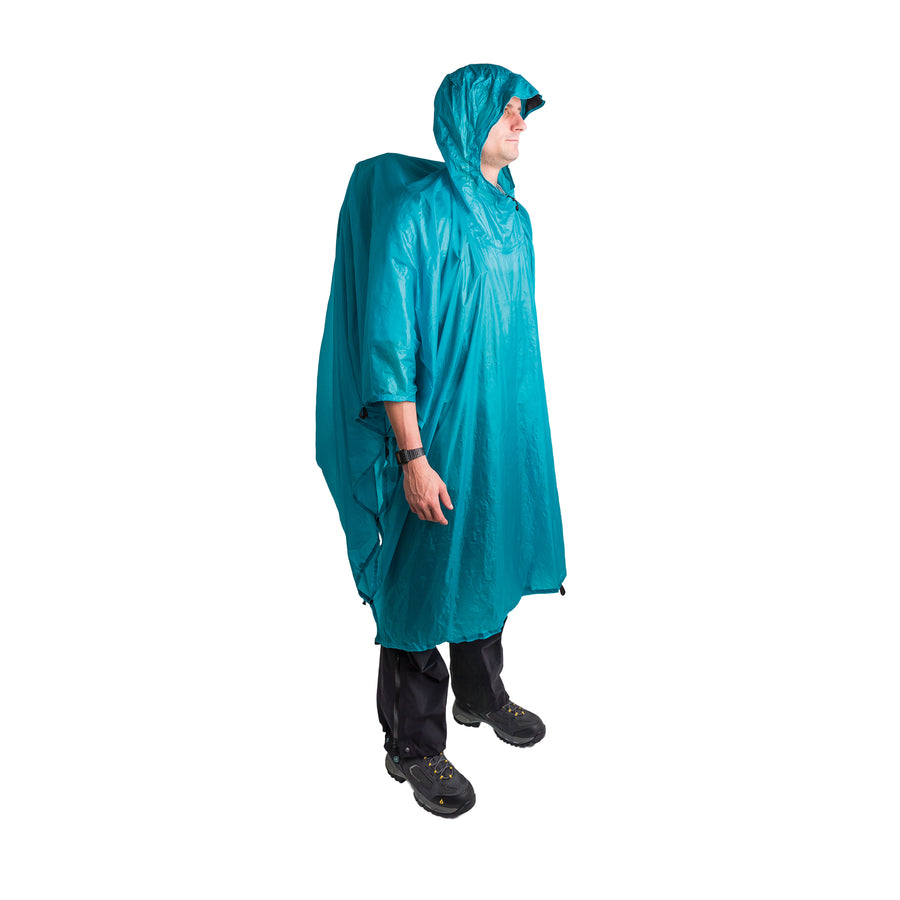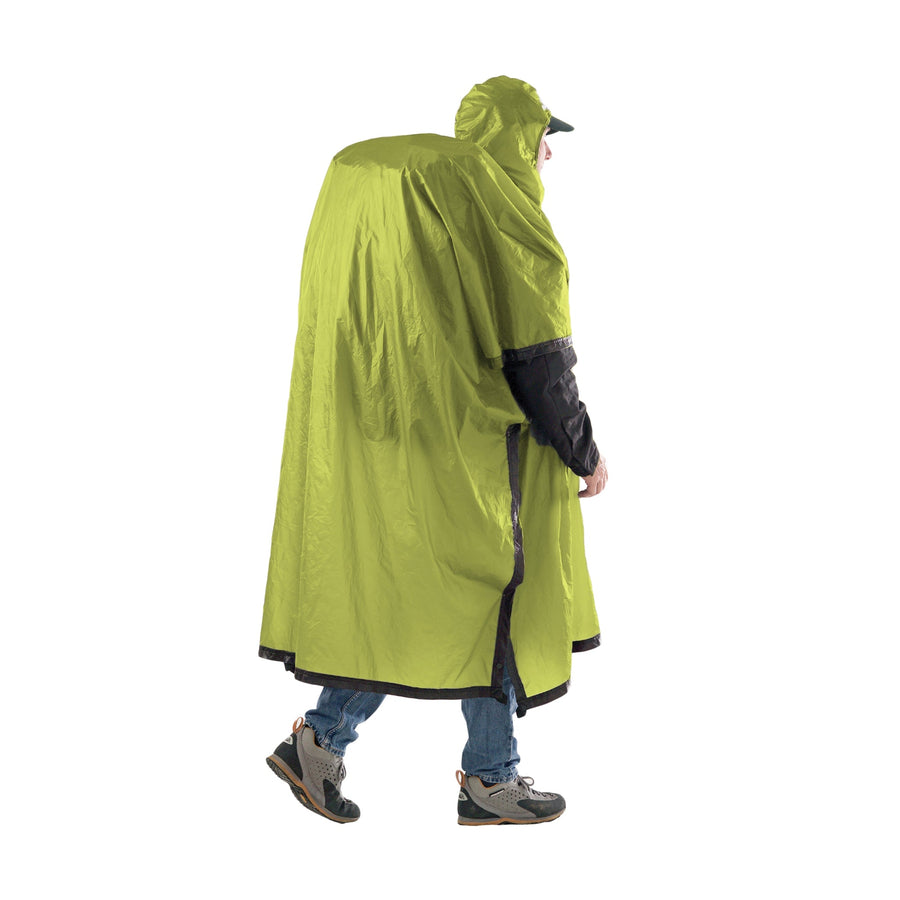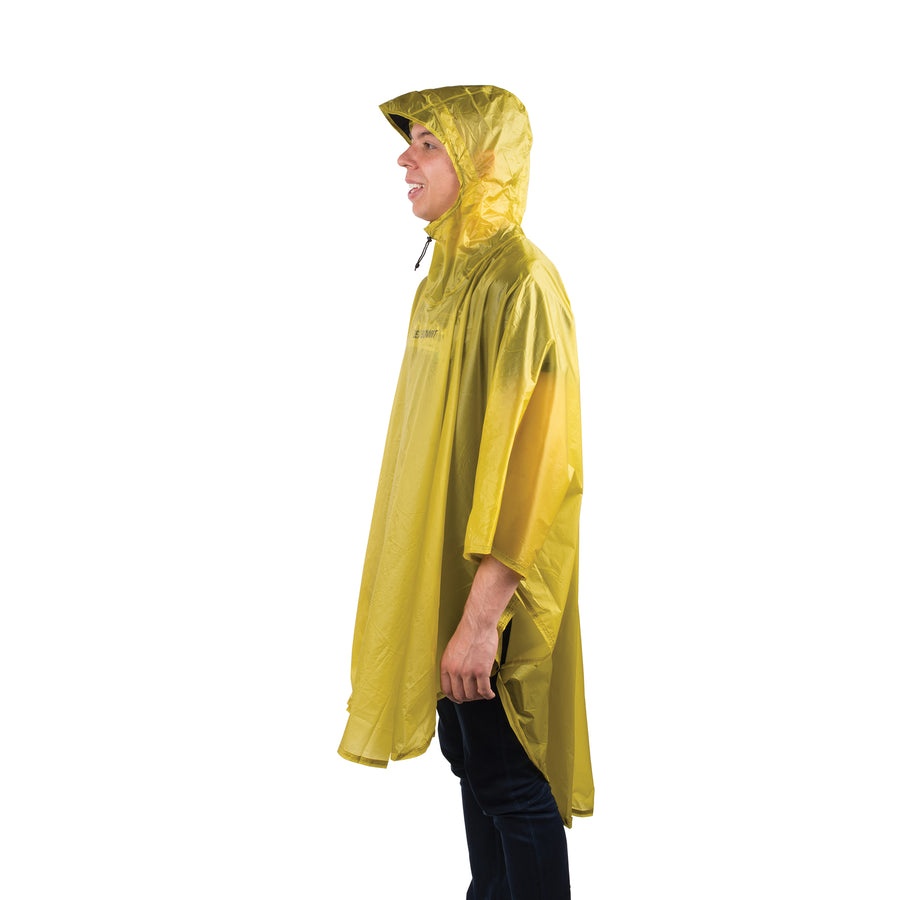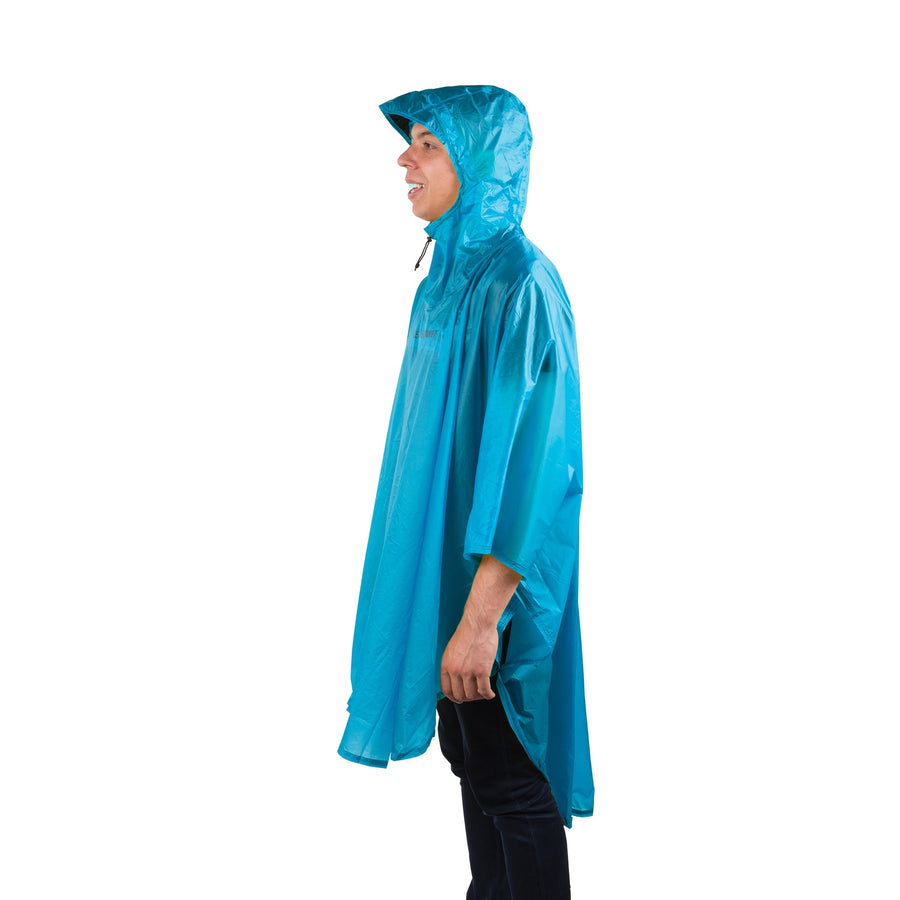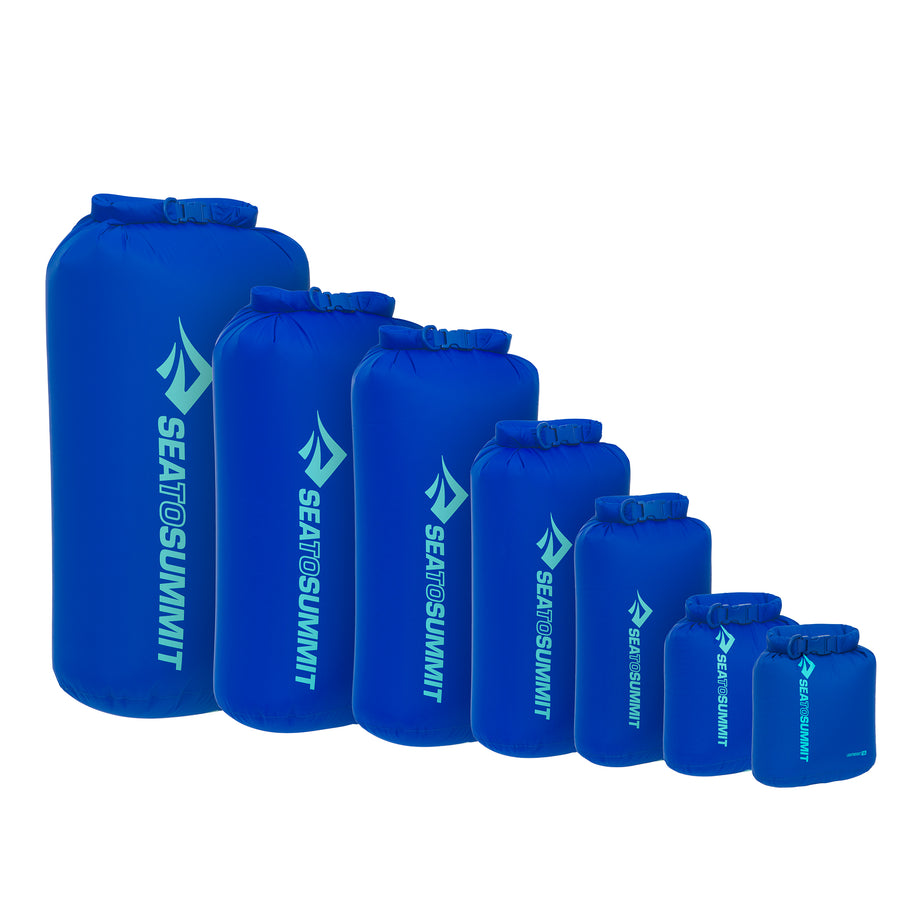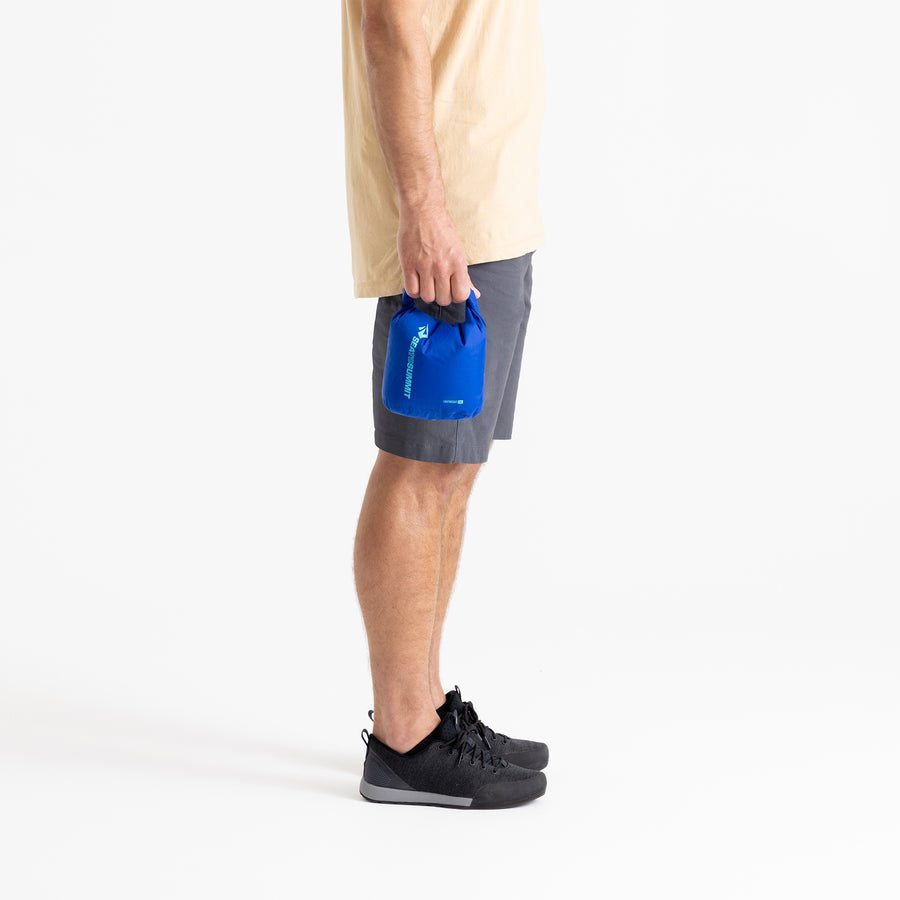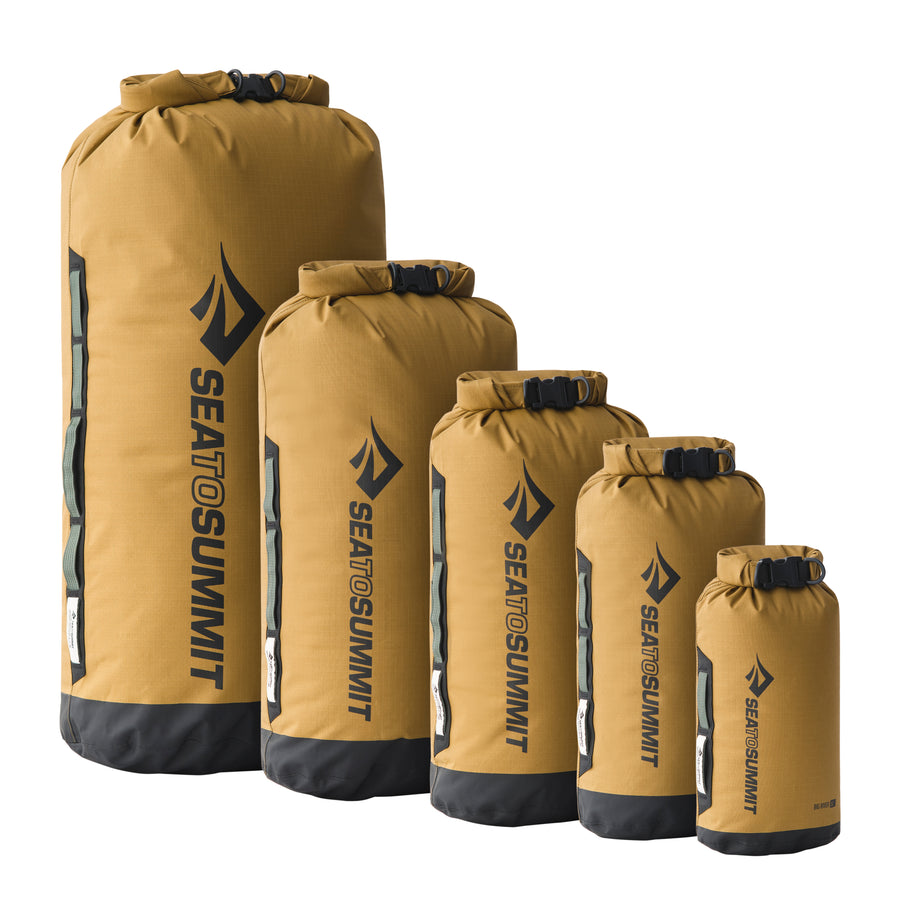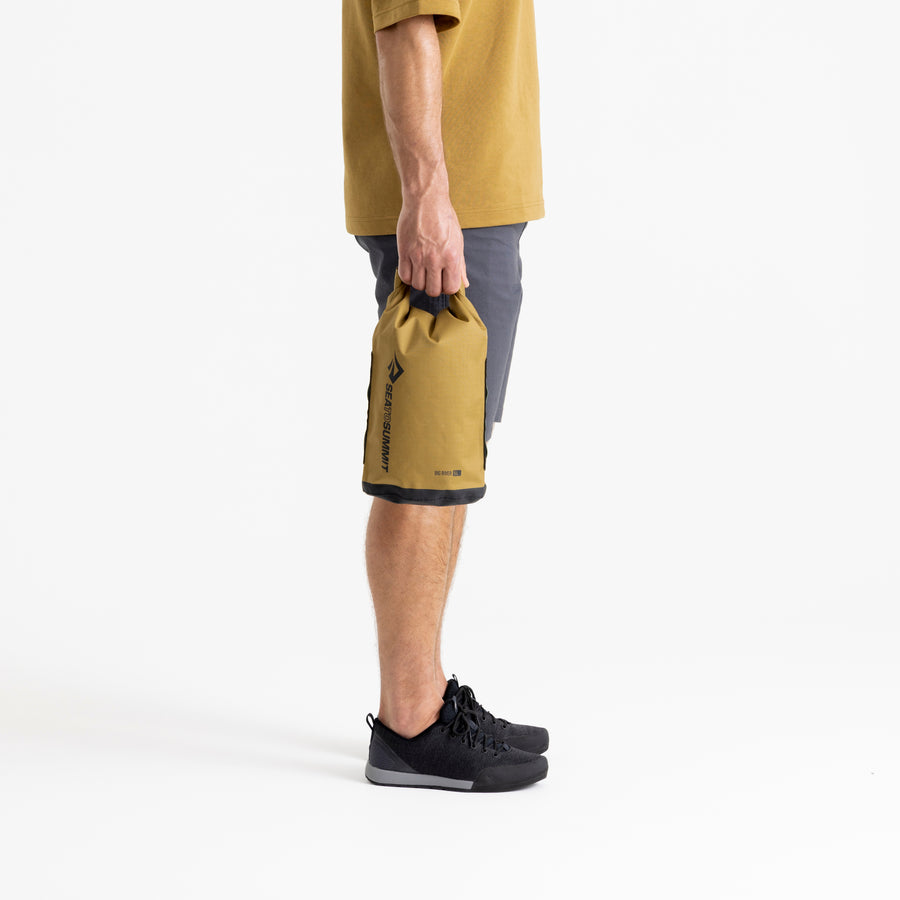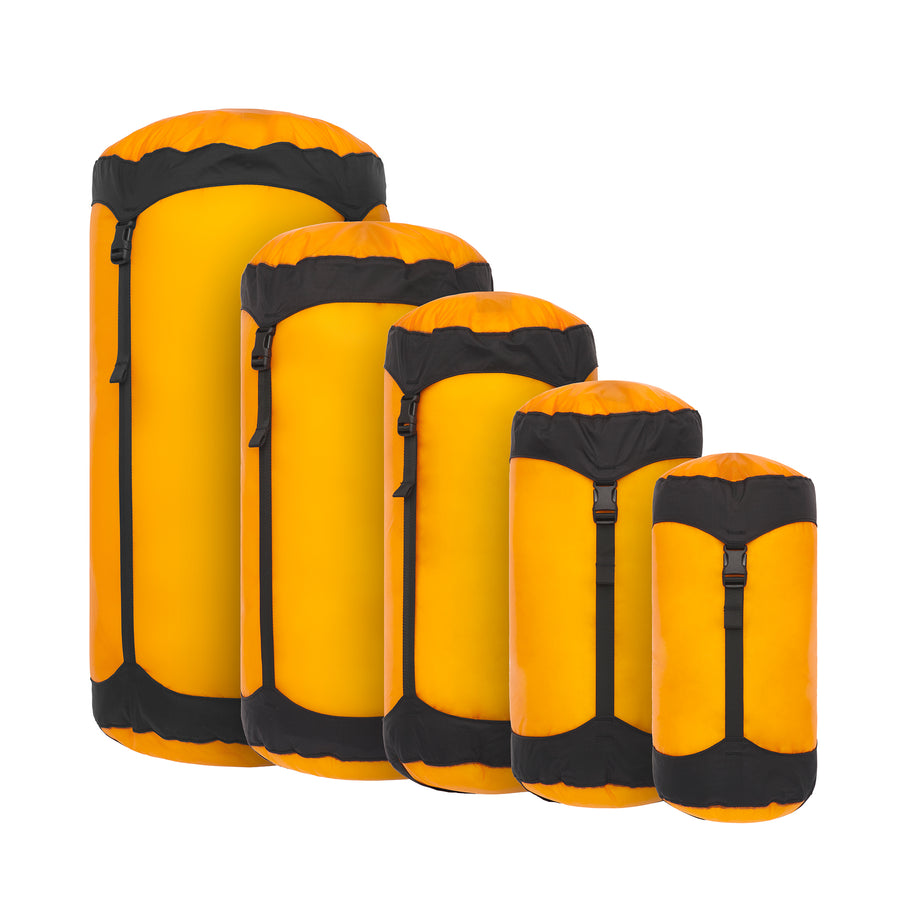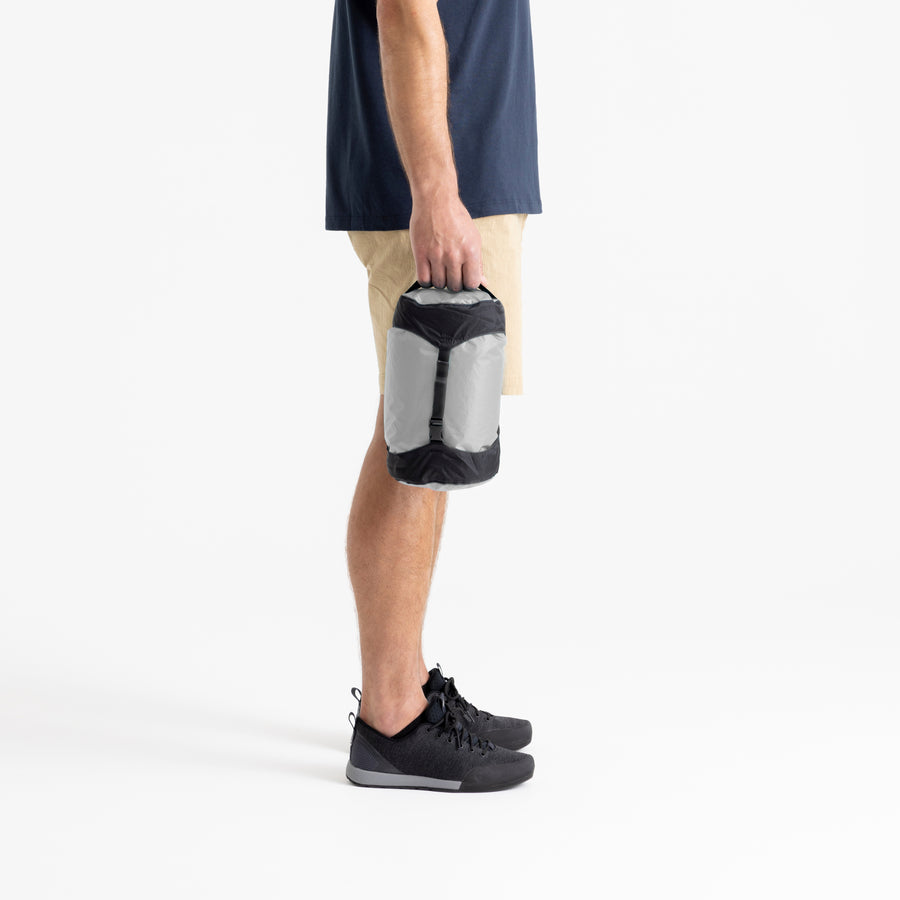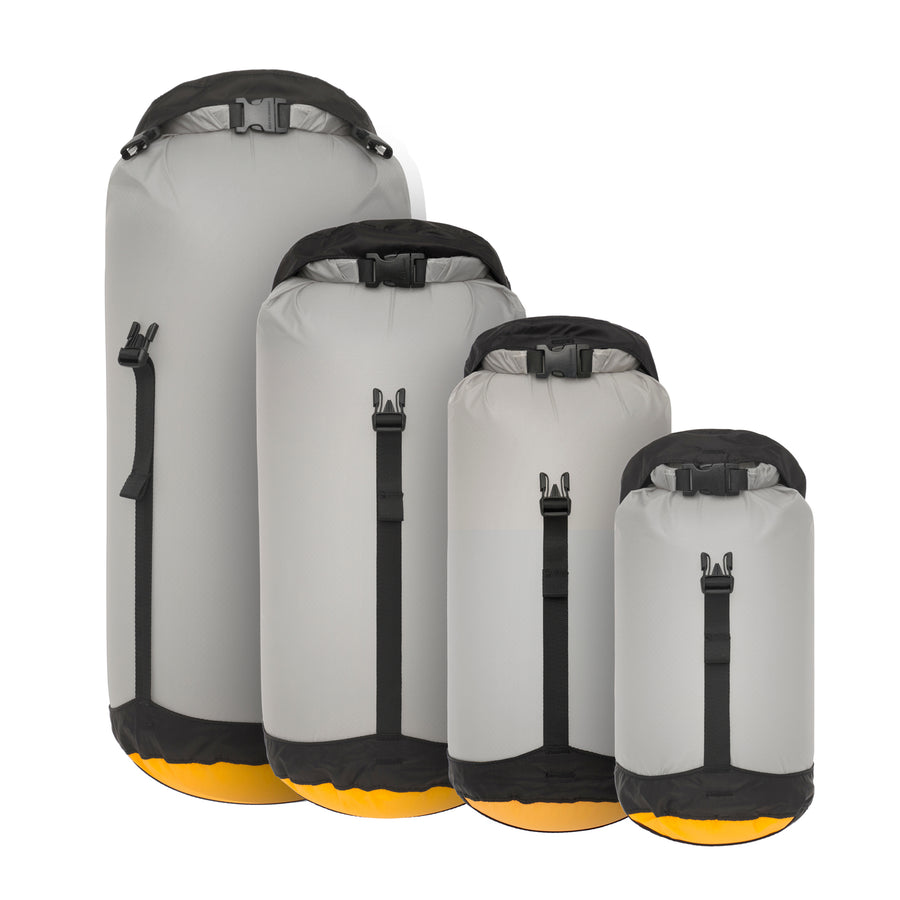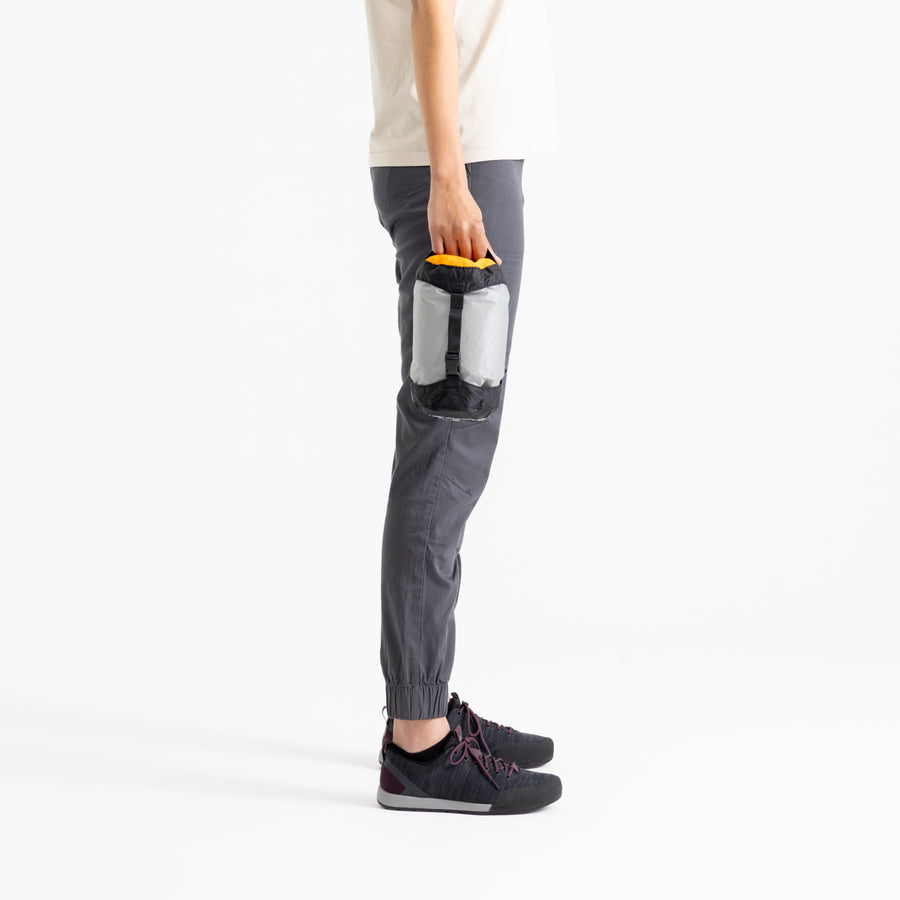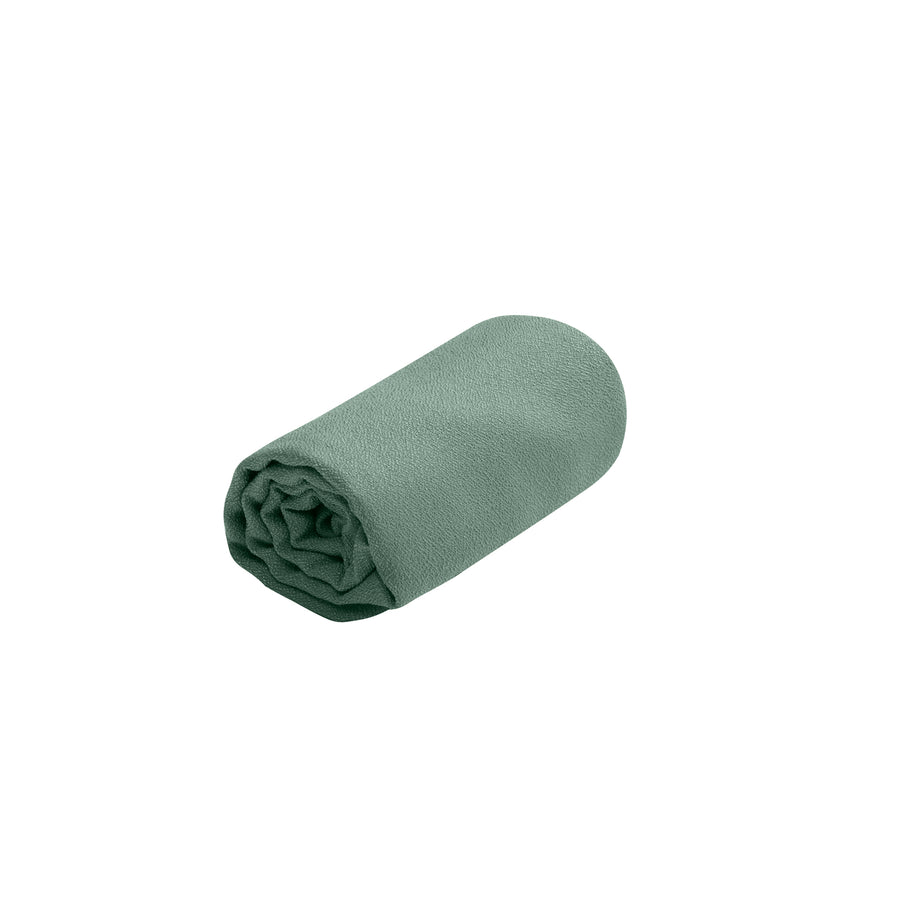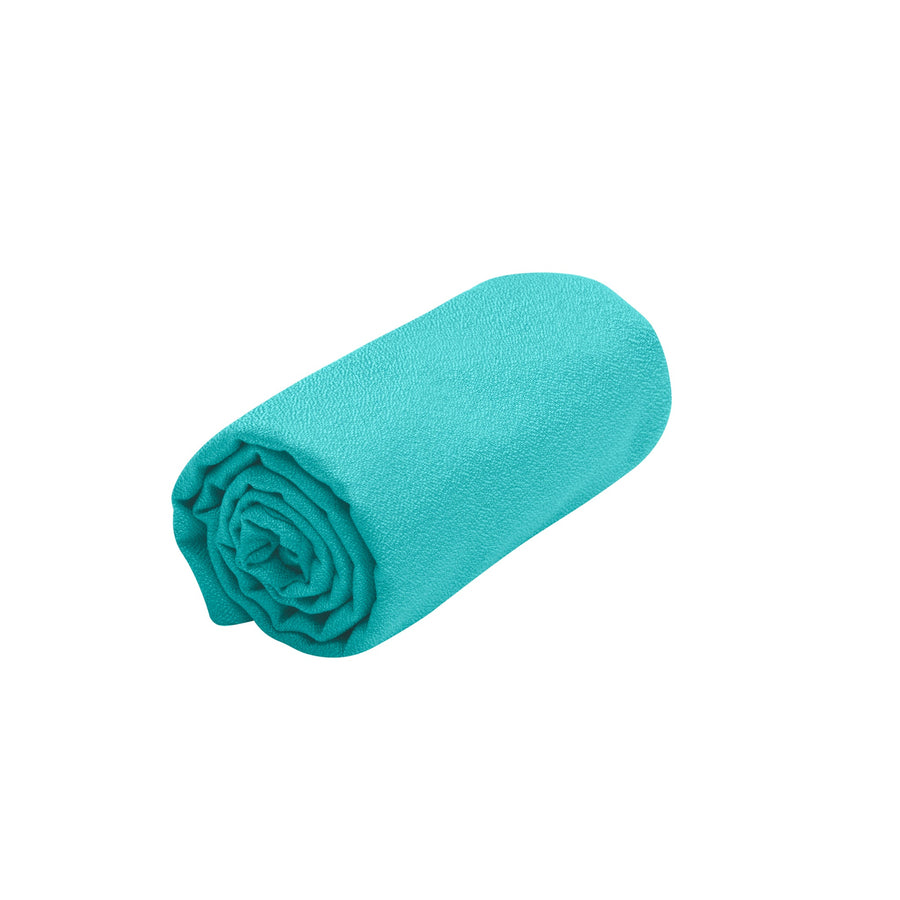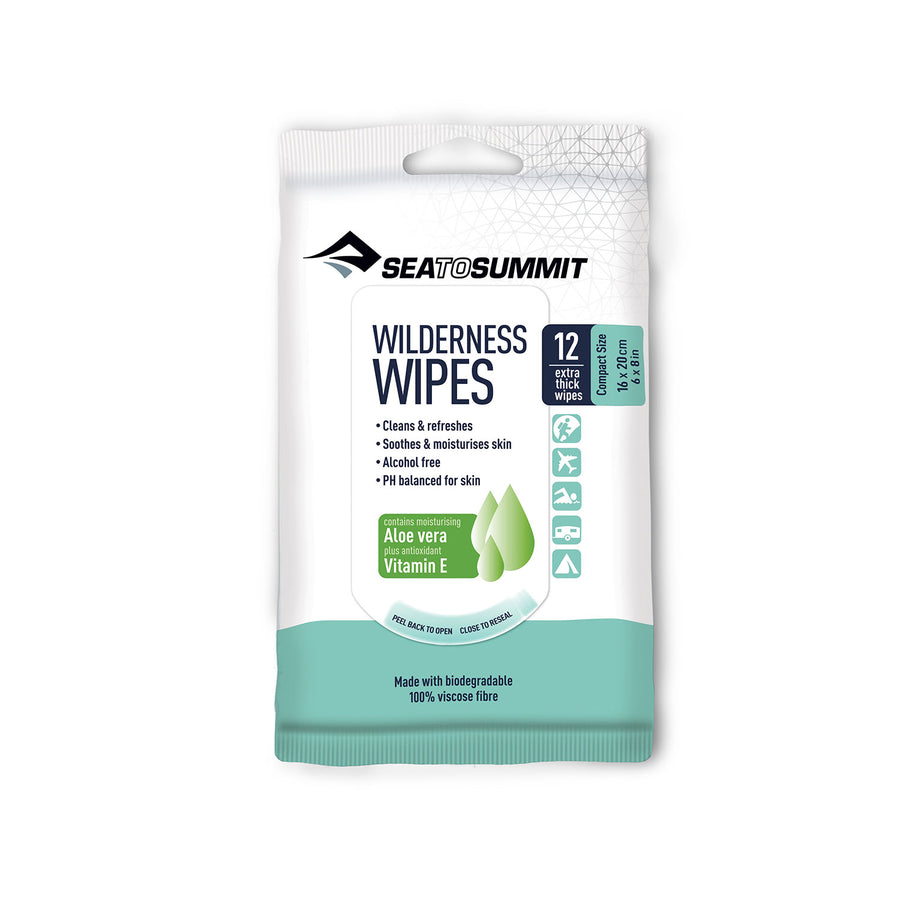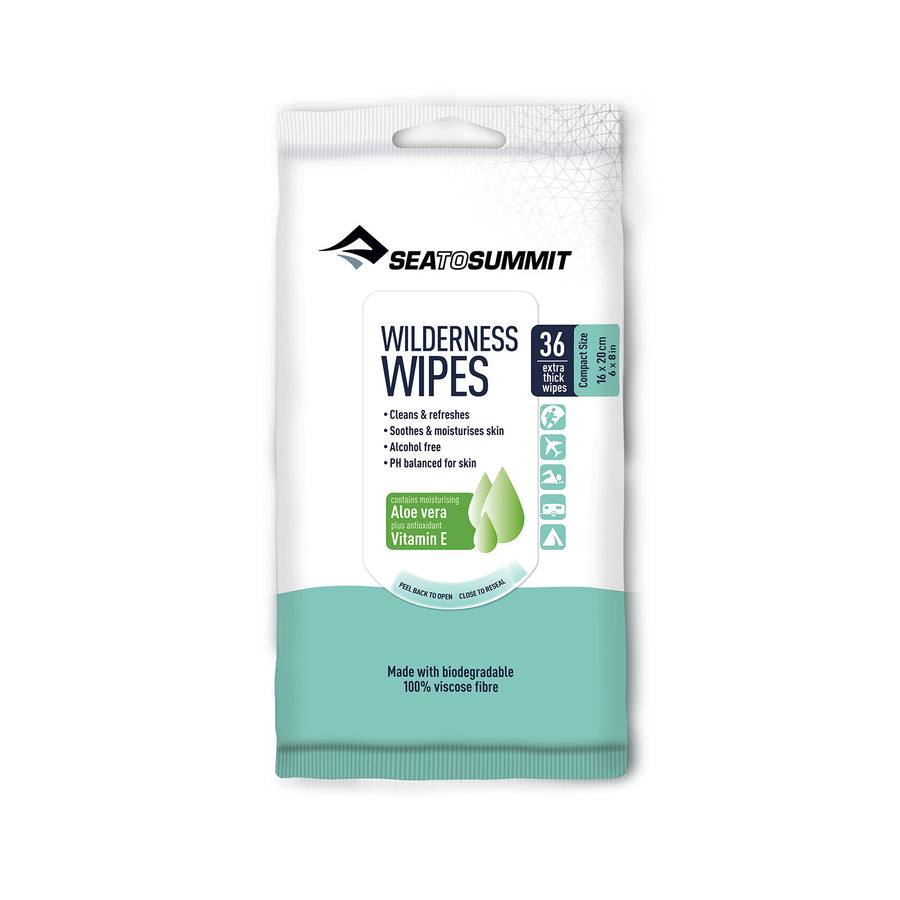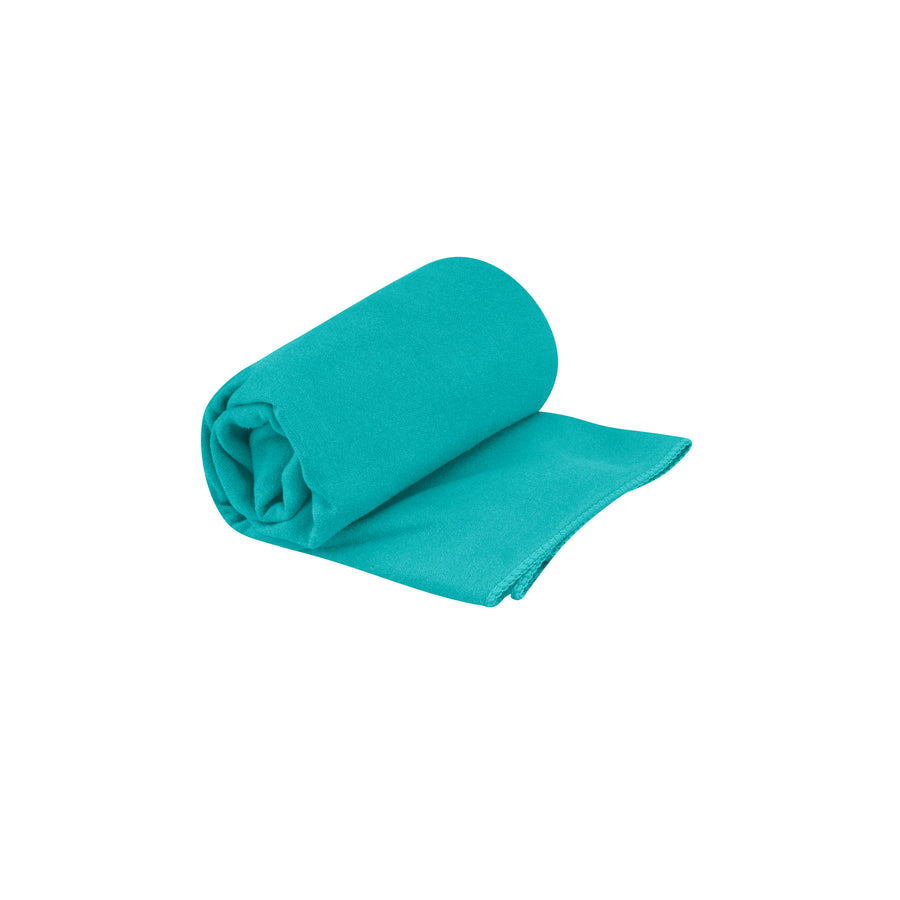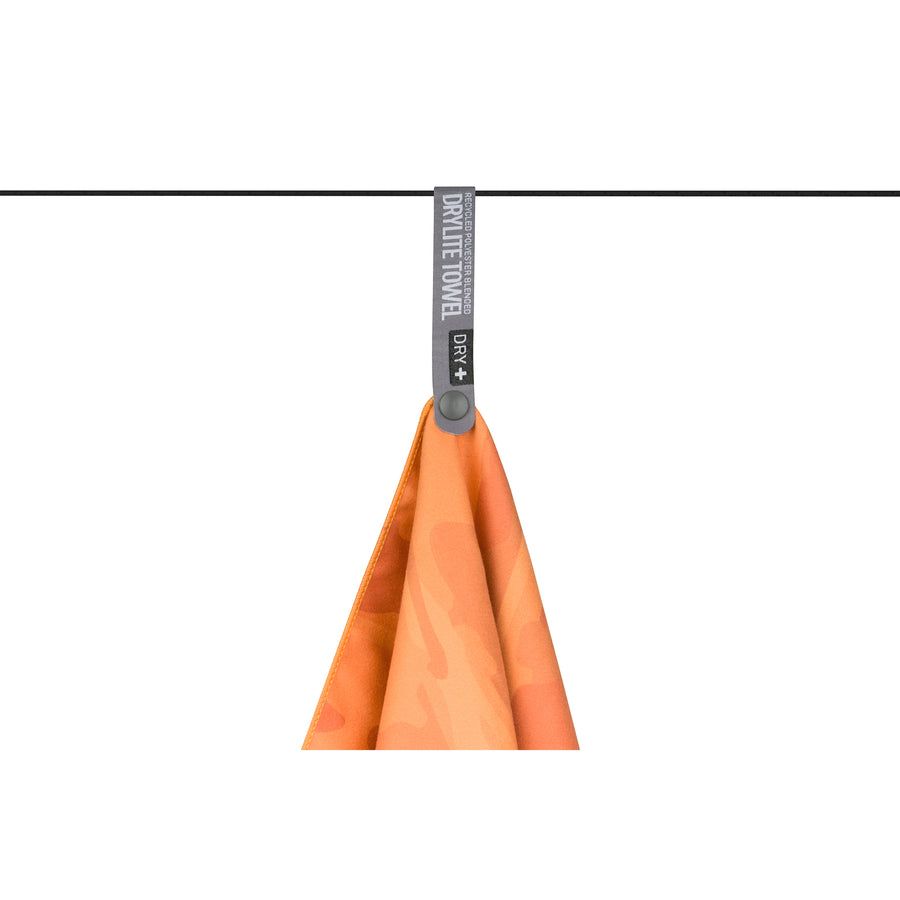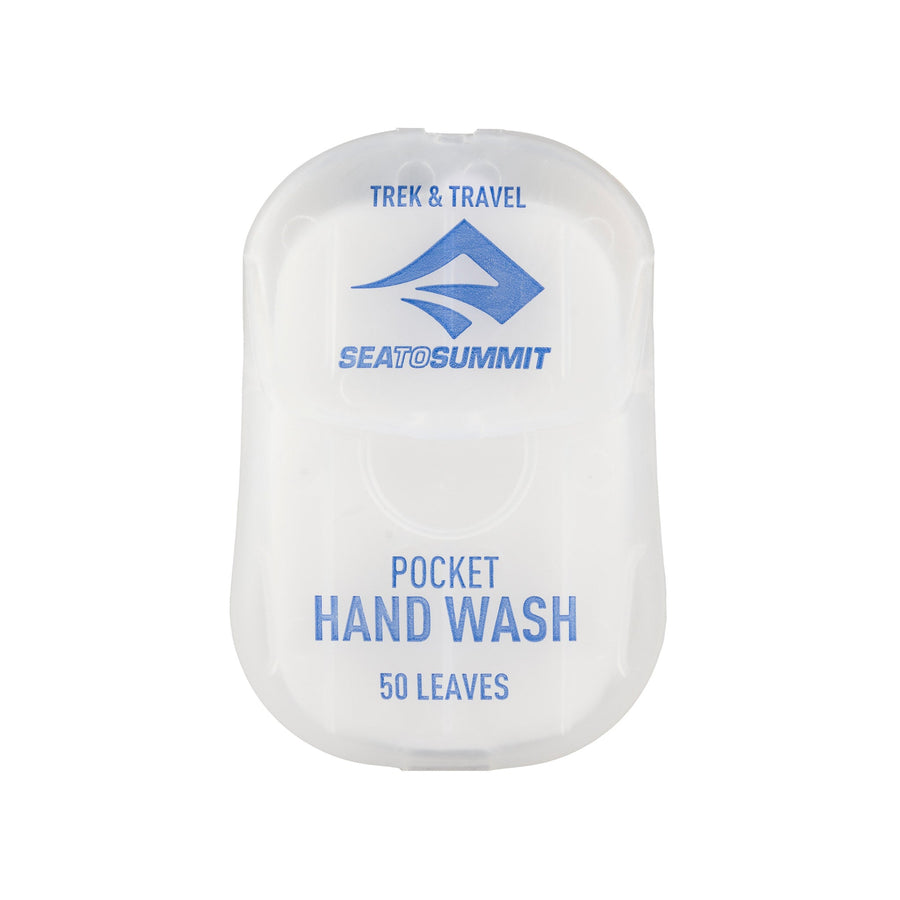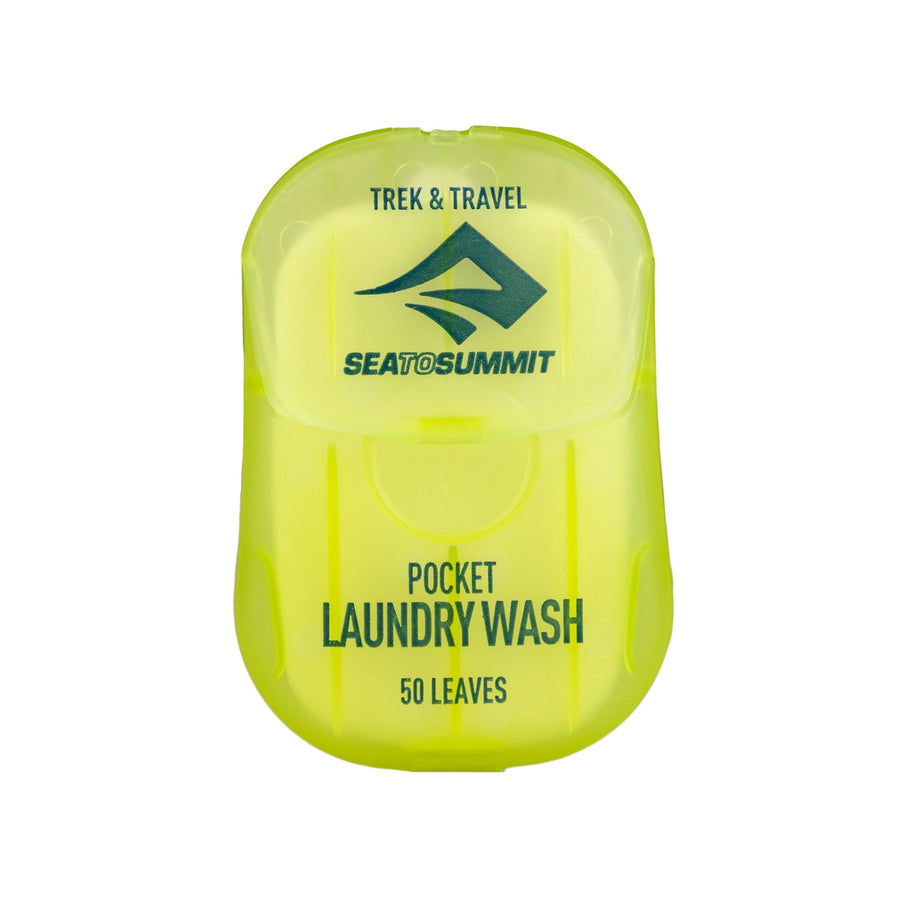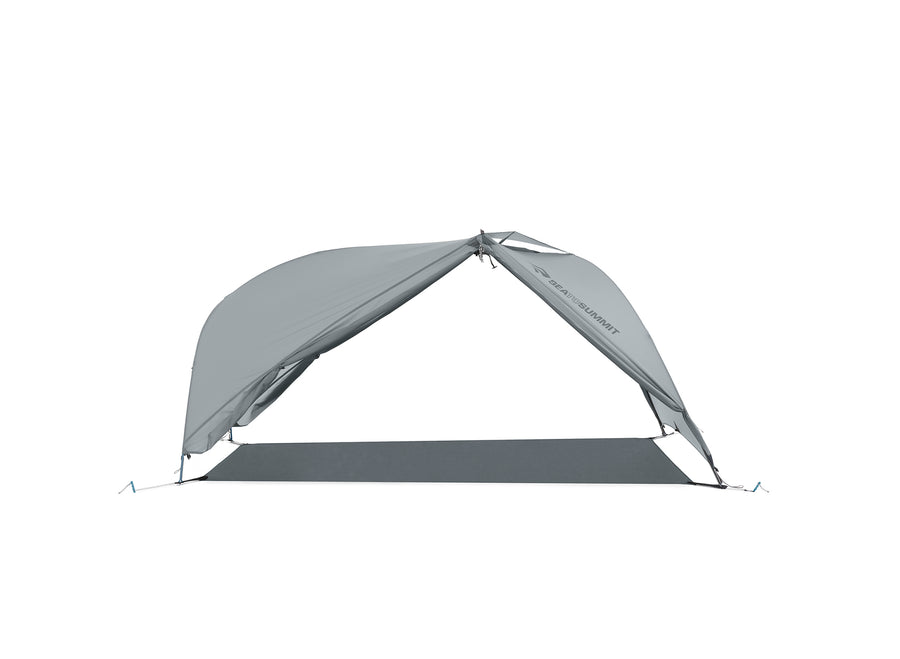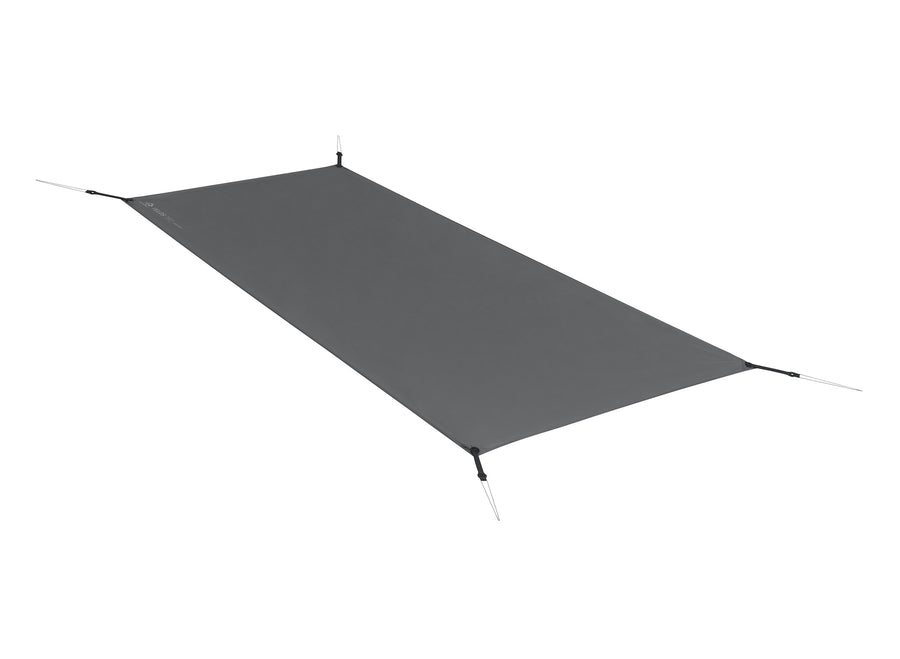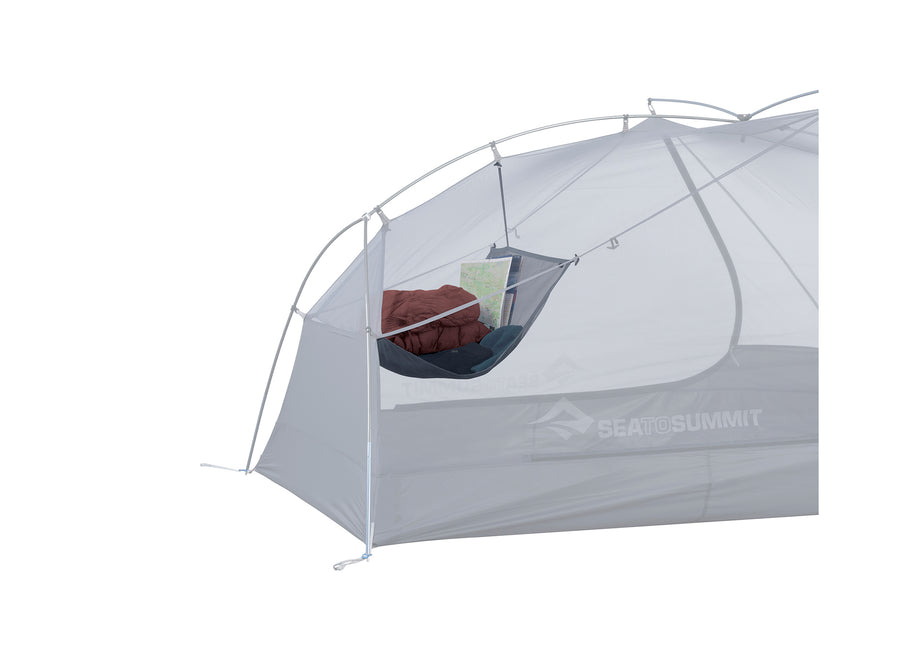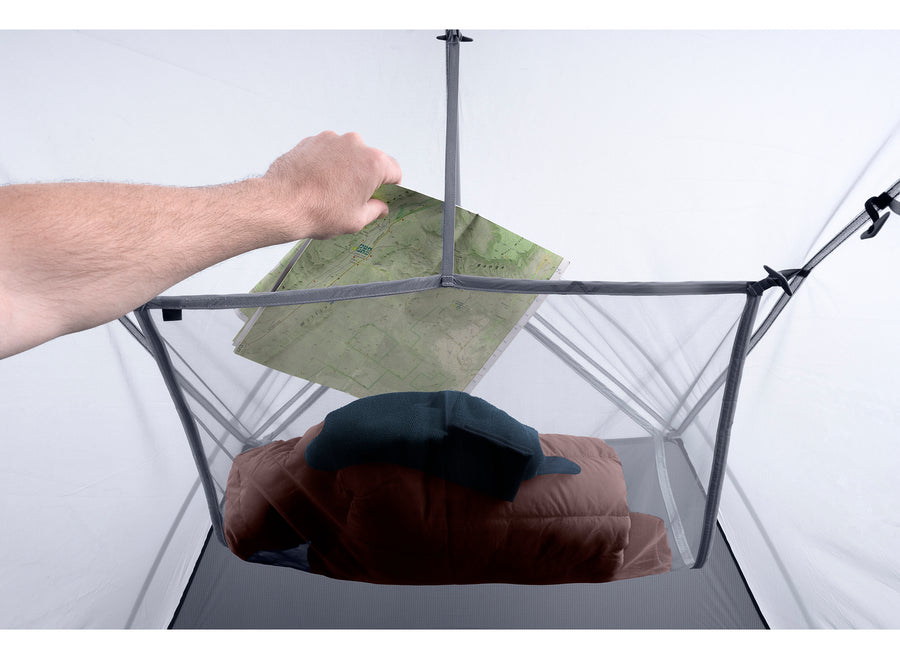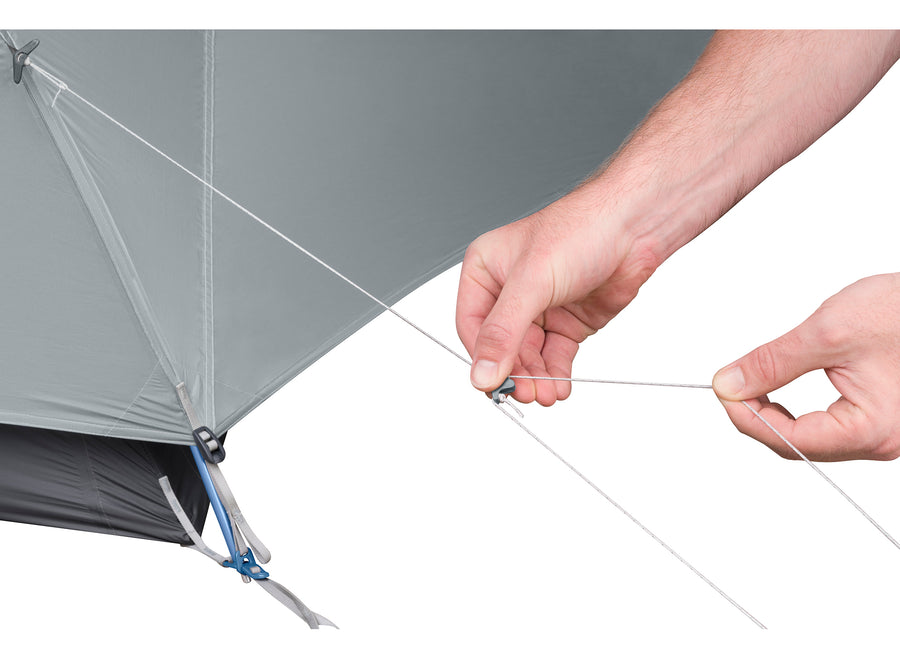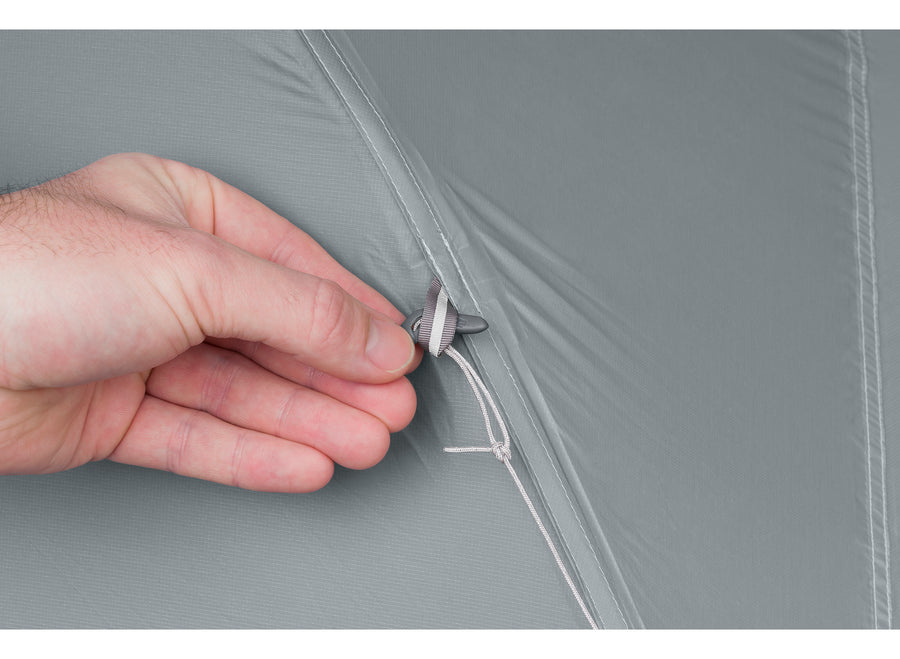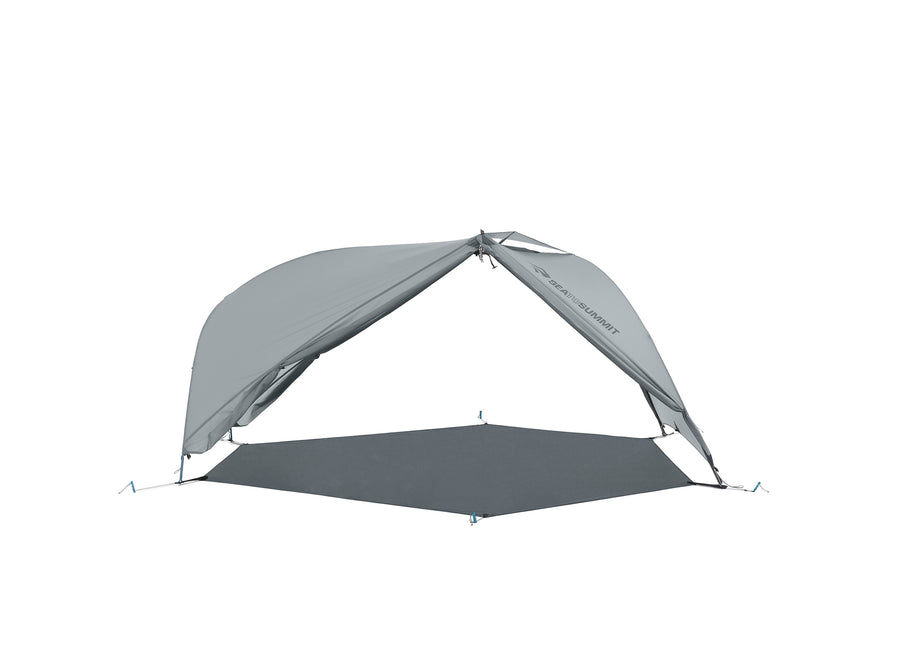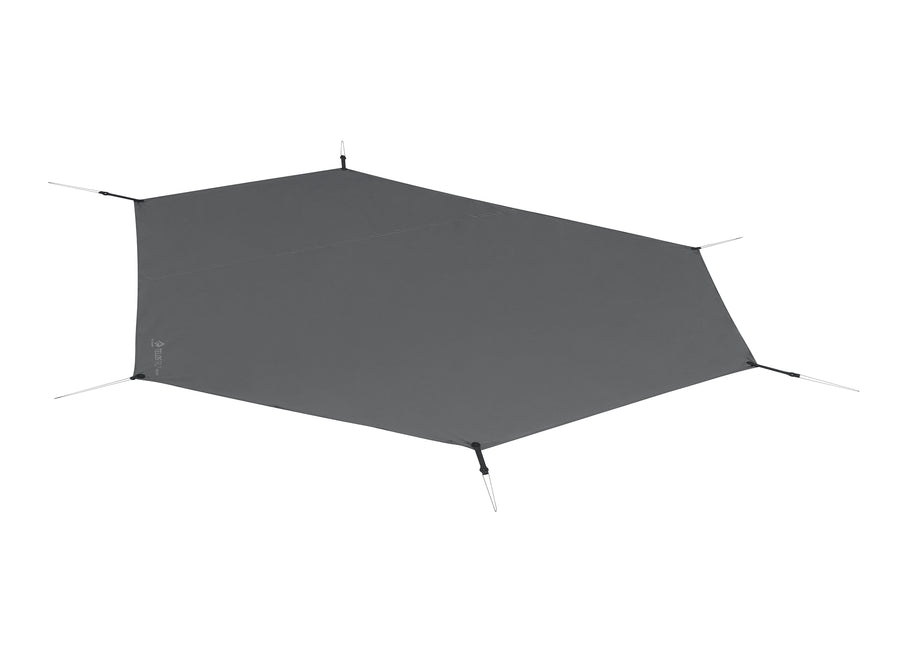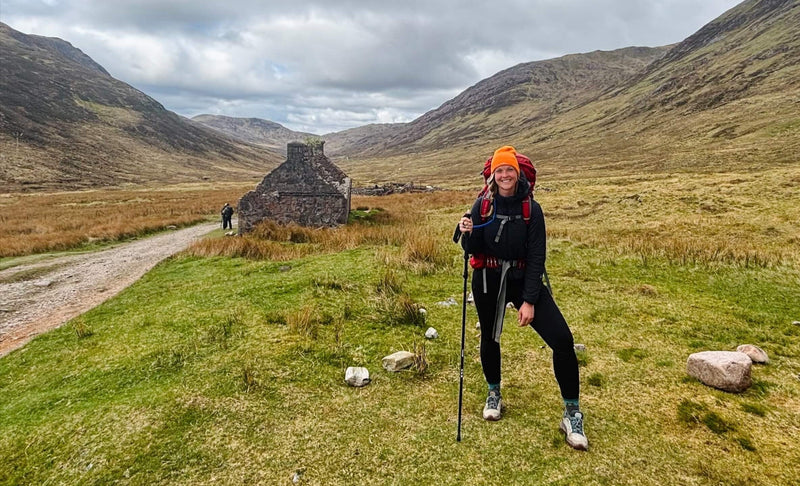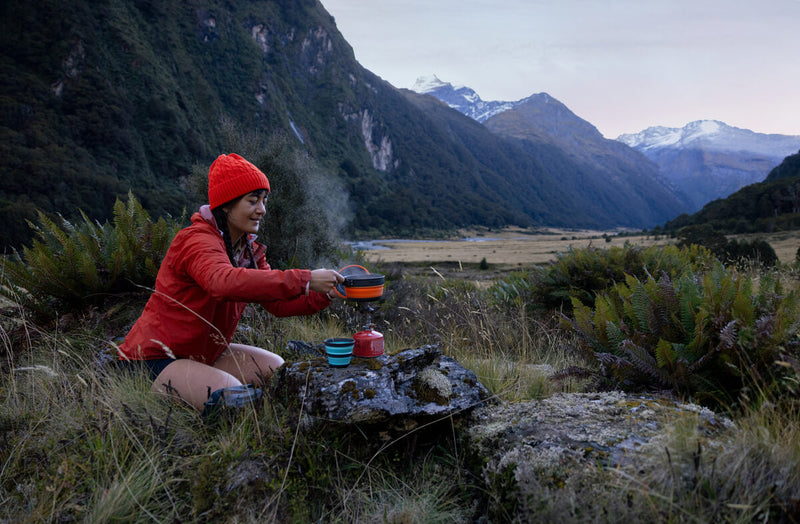Field-Tested in the Kimberley: Behind the Design with Sea to Summit’s Tim Miller
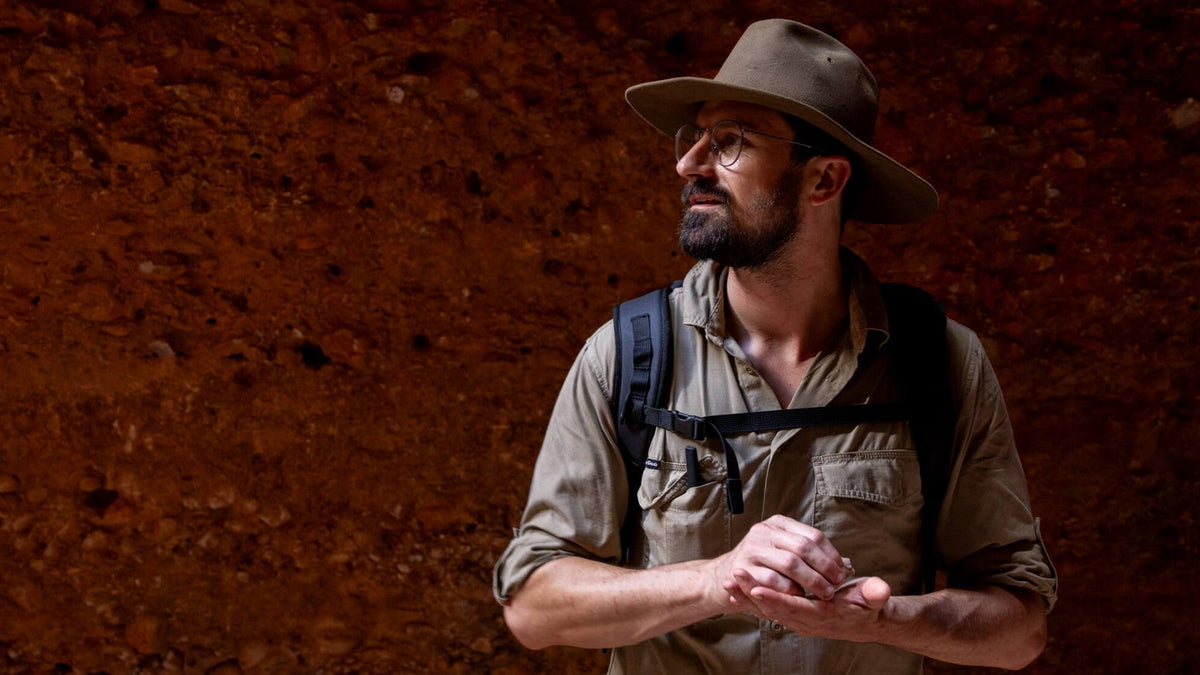
Meet Tim Miller, a senior product designer at Sea to Summit. He and several members of the Design and Development team recently spent a week testing product prototypes in the Kimberley, a remote, rugged region of Western Australia. We caught up with him after his return to the office in Perth.
Welcome back to civilization, Tim!
Thanks! It was an amazing trip.
Tell us a little about the Kimberley region.
It’s stunningly beautiful, challenging terrain – and you’re constantly aware how remote it is. There’s no light pollution, so the night sky is simply breathtaking. We flew into our ‘basecamp’ location by bush plane, then trekked and travelled by boat for days without seeing a single sign of human life. Amazing.

You were there to test new designs, right? How did that go?
We tested a mix of designs that are under development and some finished products that are now on the market. I can’t say too much about the prototype products, but the primary goal was to evaluate durability and performance of some new materials we are looking at. All of the team returned with notebooks full of observations and measurements: we had plenty of devices on hand to measure things like airflow, localised temperature and internal air pressure.
There is no substitute for getting out into hot, dusty, tough terrain to find out how new concepts really work – or what their limits are.
We also wanted to give the 2025 products one last shakedown before launch; so, we took along the new Pursuit and Pursuit Plus sleeping mats, the Frontier 1 Litre Cookpot, and the Big River Dry Backpack on the parts of the trip where we travelled by foot or by boat.

We have other blog articles about the Pursuit mats and the Frontier Pot – but tell us about the Big River Dry Backpack.
We’ve had the Dry Backpack on the market since 2024 in 50 and 70 Litre sizes. The new 30 Litre version turned out to be ideal on the boat and on day trips scrambling up canyons. The lash rails on the sides make it really easy to secure the pack to a boat or four-wheel drive using tie-down straps or good-old fashioned 6mm cord.
On a trip in the Kimberley I usually have my fishing rod tube strapped to the side. The fabric is abrasion resistant enough for rugged terrain, although we would probably stop short of using the pack for canyoning. I found the harness comfortable for weights up to around 12 Kg, much of which was water.
Does the pack have a padded, load-bearing hipbelt?
It doesn’t have a padded hipbelt. We were aiming for simple and reliable with this harness. For this reason, it is not removable and does not offer adjustability for back length, and it has a simple waist strap rather than a hipbelt.
With a 10–12 Kg load in a 30 Litre pack you rarely need a load-carrying hipbelt, and a waist strap is much easier to stow when you’re lashing the pack to a vehicle. In many cases it’s not necessary to use the waist belt so I just undo the tri-glide buckle and remove it completely.
How waterproof is the pack?
It uses the standard roll-top closure that all Big River Dry Bags use, with the exception that the buckles locate on the sides of the pack rather than at the top like a dry bag.
This was more than waterproof enough for water collecting in the scuppers of the boat or for times when we waded or swam across rivers and streams – but not intended for anything more than brief submersion.
In the Kimberley, red dust gets everywhere. It even gets inside your backpack, probably when you open it up to put gear inside. The inside of the Big River Dry Backpack is white, which is intended to help you find small items at the bottom of the pack – but of course, it means you can see how much dust you’ve collected, too…

How do you stay clean in an environment like that?
We carried water in Watercells, which have a shower head you can screw into the cap. We rigged up a shower by suspending a Watercell from a four-wheel drive – after a few days outside, it feels great. Of course, all the gear we brought home has to be washed, too – that’s going to take some time to get clean…
When’s the next trip?
Product development never stops ;) We’re lining up a trip to somewhere wet and windy at present.
Thanks for your time, Tim.
If you need a rugged, reliable way of hauling gear, check out the 30, 50 and 70 Litre Big River Dry Backpacks.
